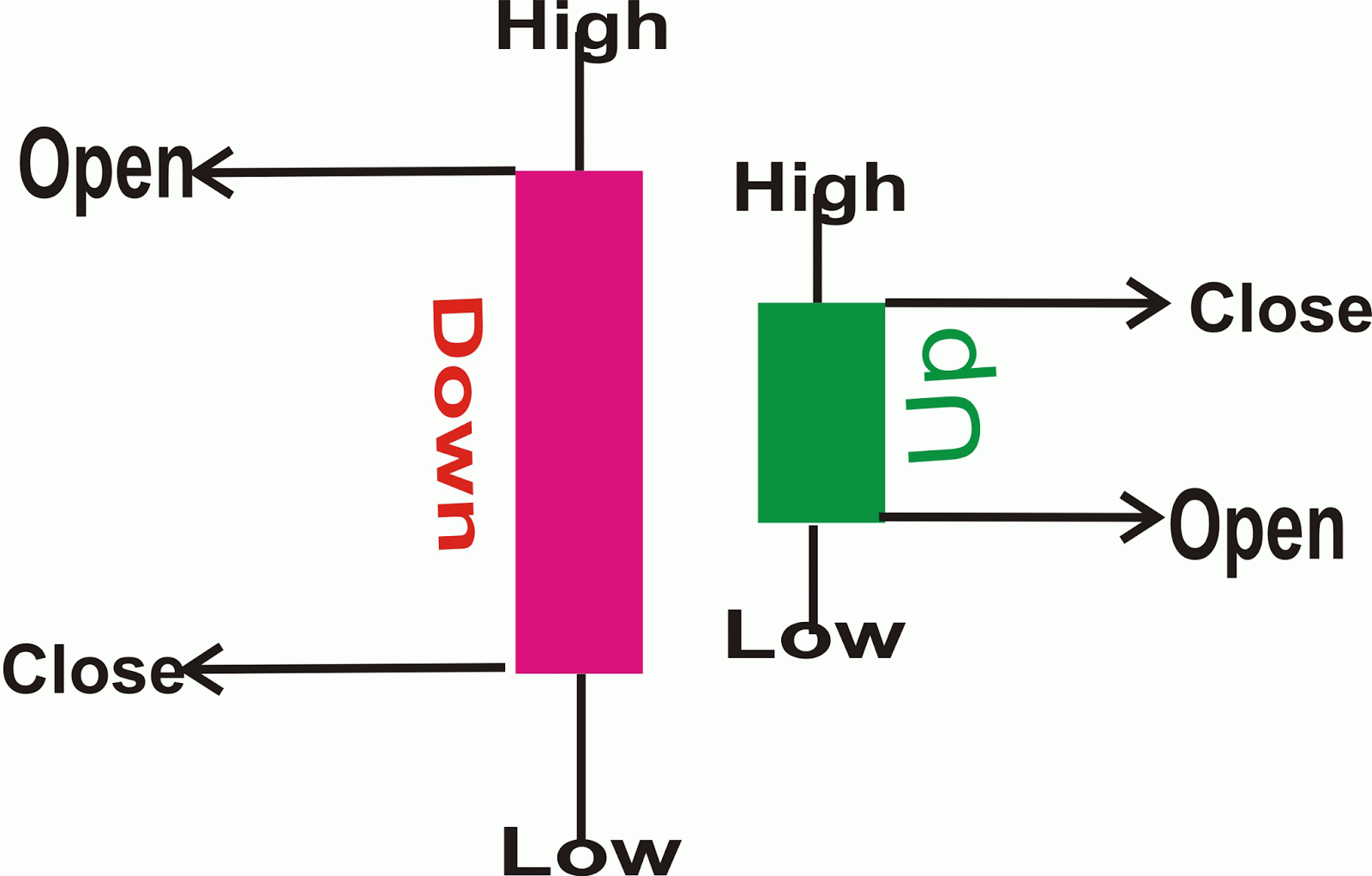There are three different types of hotforex forex bonuses,
every with its own benefits.
Forex bonus isn't always straightforward though the
conditions for every bonus differ. Bonus from broker to
broker may
be extremely profitable; however there are a
few tips to consider increasing your chances of success
with a forex bonus.
You should scan the bonus details
and requirements before choosing bonus scheme and trading.
hotforex has three different types of bonus schemes
100% Credit Bonus
30% Rescue Bonus
50% Withdraw Bonus
50% Withdraw Bonus
The 50% bonus is a withdrawal bonus you receive on every
deposit. You must trade 1 lot per $1 bonus received to complete the terms. You
cannot lose this bonus while trading so if the equity on your account reaches
the bonus amount your trades will be stopped out and the bonus removed. In
order to be able to withdraw the bonus you need to
trade the same amount of USD dollars that you
just have deposits in standard lots.


























































